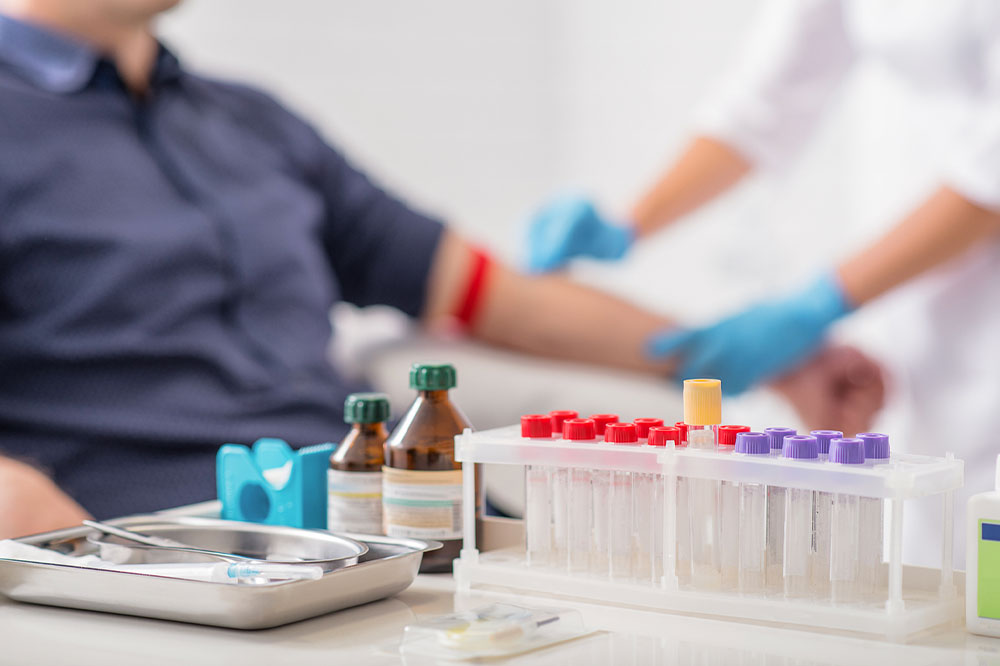Chronic immune thrombocytopenia – Symptoms and management

Immune thrombocytopenia, formerly called idiopathic thrombocytopenic purpura, is a disorder that causes excessive bleeding and bruising. The uncontrolled bleeding may be due to low levels of platelets—the blood cells that help the blood clot. This health condition is known to cause purple-colored bruises and tiny rash-like reddish-purple dots on the skin. In most cases, children may develop it after a viral infection and recover entirely, but the disorder is usually long-term or chronic in adults.
Symptoms
Chronic immune thrombocytopenia often does not have symptoms. But in rare cases, they do occur in a gradual manner. Some signs to look for out are:
Purple bruises on the skin
Patients may notice tiny purple-colored bruises on the skin, known as purpura. Sometimes these bruises occur inside the mouth.
Easy bruising
One may easily injure themselves, resulting in uncontrolled bleeding or bruises on different body parts.
Bleeding gums
This may occur when patients do not brush or floss properly due to a fear of excessive bleeding. Poor oral hygiene can further lead to gum disease and cavities.
Besides these signs, individuals should look for blood in urine or stools, spontaneous nose bleeds, and abnormally heavy menstruation.
Diagnosis and treatment
Healthcare professionals often diagnose chronic immune thrombocytopenia by ruling out other underlying health conditions that can lead to uncontrolled bleeding. Furthermore, blood tests may be suggested to check the level of platelets.
Patients diagnosed with a mild case of the disease may not need treatment, but those with a severe condition may be suggested treatment alternatives such as:
Surgery
If the disorder persists, doctors may suggest surgery to remove the spleen—a body part that produces antibodies. Spleen removal is often recommended because the spleen makes antibodies that attack the platelets in those with this condition.
Platelet transfusion
Patients with severe uncontrolled bleeding may be required to be given platelets from the blood bank to compensate for the loss of this precious blood cell. Donated platelets are administered into the patient’s bloodstream during a platelet transfusion.
Foods to eat
Besides using the proper treatment, patients with chronic immune thrombocytopenia should follow a healthy meal plan. Two suitable foods are:
Flaxseeds
Adding flaxseeds or flaxseed oil to meals is highly beneficial for boosting the immune system. These foods also improve blood circulation and reduce the signs of inflammation in the body.
Avocados
Patients with chronic immune thrombocytopenia benefit from avocados as they have healthy unsaturated fats and other nutrients that help combat the symptoms. The fruit is also rich in carbohydrates and can be used to prevent fatigue.
Chronic immune thrombocytopenia is a prolonged condition, so patients should seek a doctor’s advice as soon as possible. A healthcare expert can help develop the best treatment plan for the patient.



